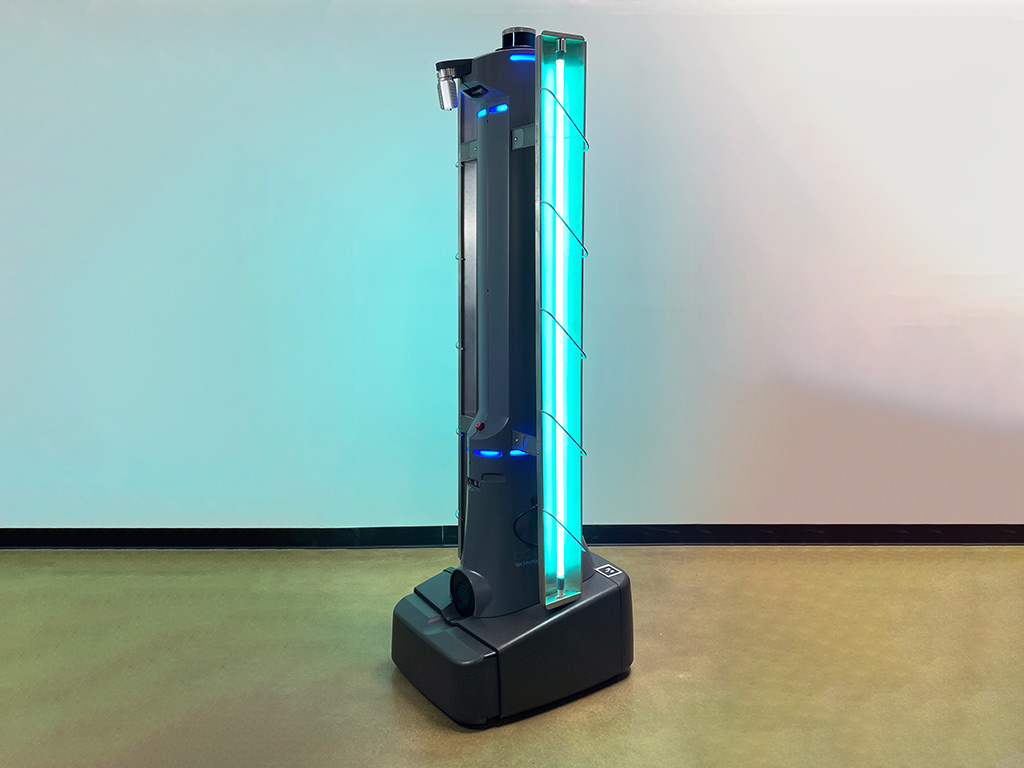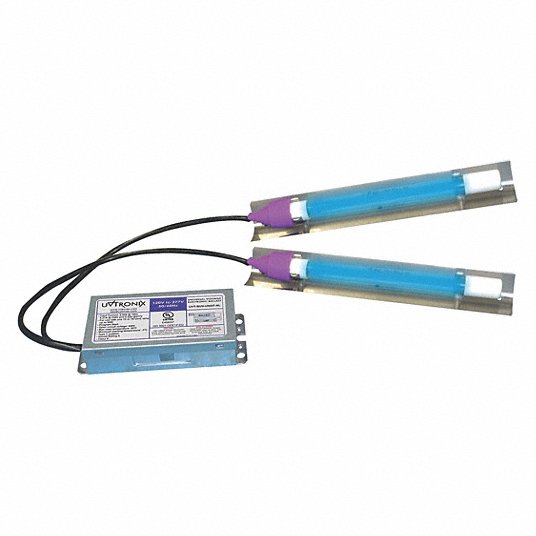UV Sanitation: The Cutting-Edge Technology Transforming Hygiene Practices
In the realm of hygiene techniques, one innovation has emerged as a game-changer: UV disinfection. From healthcare setups to food handling, UV disinfection is making its mark in different markets.
Just How UV Disinfection Works
UV sanitation functions by utilizing ultraviolet light to destroy or inactivate microorganisms, supplying a chemical-free and very reliable technique of cleanliness. This technology uses the power of short-wavelength UV-C light, which is capable of damaging the DNA and RNA of microbes, hence making them incapable to recreate and create harm.
The procedure begins with the setup of UV sanitation systems, which include UV lamps that give off UV-C light. These lamps are strategically put in areas where microbial contamination is a concern, such as water treatment plants, healthcare facilities, research laboratories, and food handling centers.
When microorganisms are revealed to UV-C light, the photons permeate their cell wall surfaces and reach the DNA and RNA inside. The high-energy UV-C photons interrupt the hereditary material by creating bonds in between nearby nucleotides, leading to the formation of thymine dimers. These dimers avoid the microbes from duplicating, providing them safe.
UV sanitation is very effective versus a variety of bacteria, consisting of microorganisms, infections, and bloodsuckers. It is particularly effective versus waterborne virus like E. coli, Giardia, and Cryptosporidium. UV disinfection is a chemical-free approach, getting rid of the demand for possibly unsafe anti-bacterials and reducing the risk of hazardous sanitation byproducts.
Benefits of UV Sanitation
UV disinfection supplies countless advantages in the field of sanitation, making it a highly liked method for successfully getting rid of dangerous microbes. Unlike conventional disinfection techniques that depend on chemicals, UV sanitation utilizes ultraviolet light to damage the DNA of bacteria, making them unable to recreate and trigger infections.

UV disinfection is likewise highly versatile in its applications. It can be used in numerous settings, consisting of health centers, schools, food handling facilities, and water treatment plants. UV sanitation systems can be easily integrated into existing hygiene techniques, giving an extra layer of security versus transmittable conditions.
In addition to its efficiency and adaptability, UV sanitation is additionally eco-friendly. It does not produce any type of unsafe results or residues, making it a lasting and secure technique for hygiene - uv surface disinfection. UV sanitation needs marginal upkeep and has a long life-span, resulting in cost savings in the long run.
UV Sanitation in Healthcare Setups
In health care settings, UV sanitation has actually emerged as a groundbreaking technique for successfully eliminating hazardous microbes. UV disinfection works by sending out ultraviolet light at a specific wavelength that is dangerous to microorganisms, viruses, and various other microbes.
To start with, UV disinfection is a non-chemical approach, making it an eco-friendly alternative compared to typical disinfection approaches that often involve using extreme chemicals. The usage of UV light gets rid of the need for chemical anti-bacterials, reducing the danger of dangerous deposit or chemical direct exposure to both clients and health care employees.
In addition, UV disinfection is highly effective in eliminating a wide range of bacteria, including drug-resistant germs such as MRSA and C. difficile. It offers a trusted and consistent sanitation procedure, ensuring that all surfaces and tools are thoroughly sanitized, even in hard-to-reach areas.

UV Disinfection in Food Processing
The application of UV disinfection expands beyond medical care setups and locates significant worth in the realm of food handling. uv surface disinfection. UV sanitation innovation is ending up being progressively prominent in the food market as a result of its capability to properly eliminate harmful pathogens and improve food safety and security
Among the primary advantages of UV sanitation in food handling is its capability to target a vast array of bacteria, consisting of mold and mildews, infections, and bacteria. By utilizing UV light at details wavelengths, it is feasible to interfere with the DNA and RNA of these pathogens, rendering them incapable to trigger or recreate damage. This technology can be put on different phases of the food processing chain, including surface area sanitation, devices sterilization, and water treatment.
UV disinfection provides a chemical-free and non-thermal technique of disinfecting foodstuff. Unlike standard disinfection approaches that rely on chemicals or heat, UV innovation does not leave any type of deposit or alter the taste, appearance, or dietary worth of the food. This makes it a perfect option for markets that need strict adherence to quality criteria.
Moreover, UV sanitation systems are easy to mount and run, requiring very little upkeep. They can be incorporated into existing processing lines without triggering considerable disturbances to the production procedure. Additionally, UV systems have a quick therapy time, permitting continuous handling and minimizing downtime.
The Future of UV Sanitation

One area where UV disinfection is expected to make significant innovations remains in the field of healthcare. With the rise of antibiotic-resistant microorganisms and the need for more efficient sanitation techniques, UV light has the potential to play an essential role in decreasing healthcare-associated infections. UV sanitation systems can be utilized to sanitize surface areas, tools, and also the air in healthcare centers, aiding to avoid the spread of unsafe microorganisms and boost patient safety.
Another industry that could take advantage of advancements in UV disinfection technology is the food sector. UV light has actually already shown to be an efficient technique for decontaminating food products and decreasing the danger of foodborne health problems. As innovation enhances, we can expect to see much more cost-effective and efficient UV my website sanitation systems being carried out in food processing plants, making certain that the food we eat is safe and without unsafe bacteria.
Conclusion
Finally, UV disinfection is a sophisticated technology that is transforming hygiene techniques in health care settings and food processing. By utilizing UV light to kill or shut off microorganisms, it provides many advantages such as safety and security, performance, and efficiency. With ongoing improvements in this area, UV sanitation holds terrific potential for the future of hygiene, supplying a trusted and sustainable remedy for keeping clean and hygienic environments.
UV sanitation is a chemical-free technique, removing the requirement for potentially hazardous anti-bacterials and reducing the danger of unsafe disinfection spin-offs.
Unlike conventional sanitation approaches that count on chemicals, UV disinfection utilizes ultraviolet light to ruin the DNA of bacteria, providing them incapable to reproduce and cause infections. Unlike conventional sanitation methods that rely on chemicals or warmth, UV modern technology does not leave any type of deposit or change the preference, texture, or nutritional worth of the food. As innovation boosts, we can anticipate to see more affordable and effective UV disinfection systems being carried out in food handling plants, guaranteeing that the food we consume is safe and complimentary from damaging microorganisms.
In conclusion, UV sanitation is an advanced modern technology that is transforming hygiene techniques in health care setups and food processing.